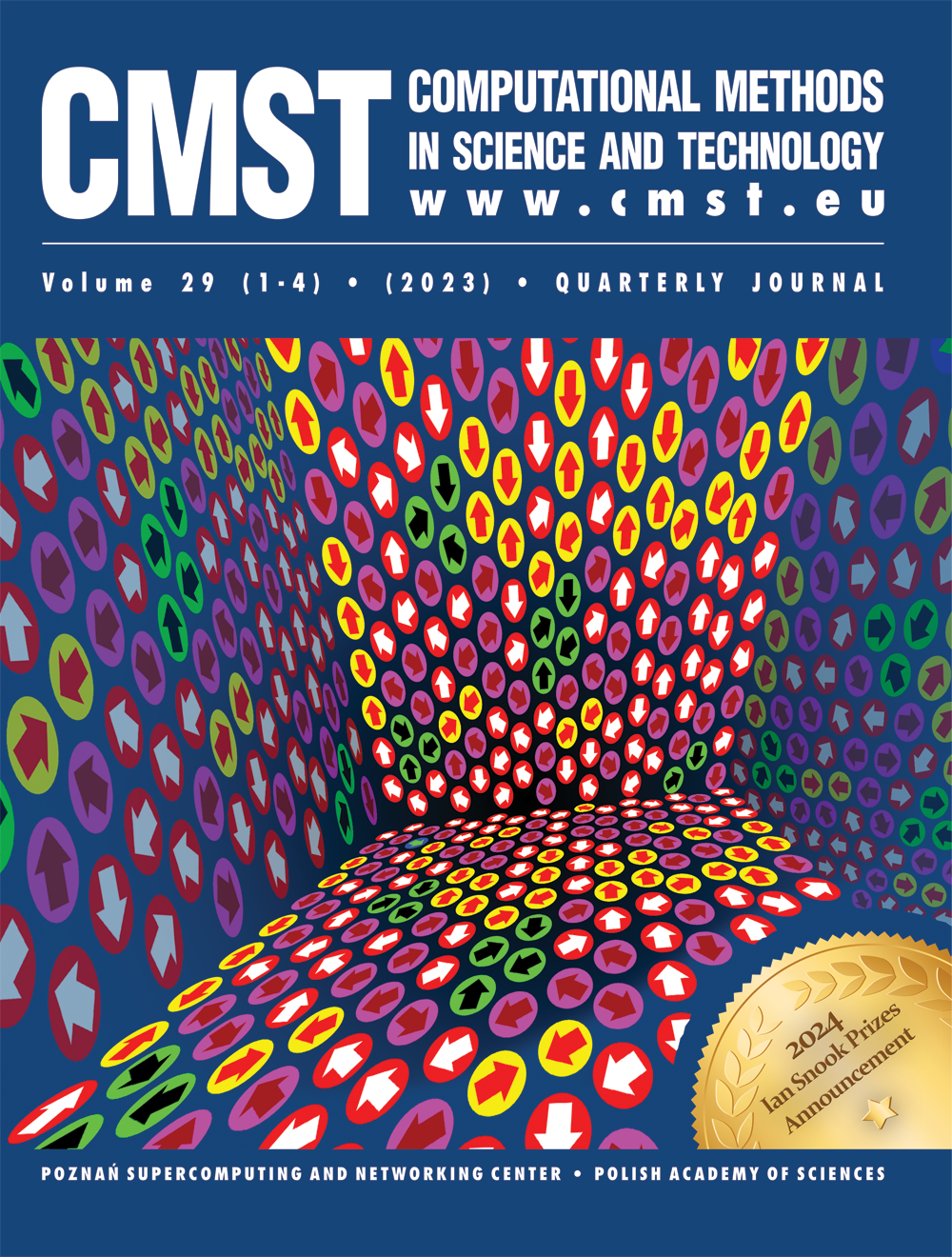ADVANCED METHODS OF HEART RATE SIGNALS PROCESSING AND THEIR USEFULNESS IN DIAGNOSIS SUPPORT. I. MATHEMATICAL HEART RATE DESCRIPTORS AND VIRTUAL INSTRUMENTATION
Chair and Department of Computer Science and Statistics,
University of Medical Sciences in Poznań, Dąbrowskiego 79, 60-529 Poznań, Poland,
e-mail: jmoczko@am.poznan.pl
DOI: 10.12921/cmst.2002.08.02.65-76
OAI: oai:lib.psnc.pl:537
Abstract:
The working heart is the source of electrical signal which carries the basic information about homeostasis process of human being. After appropriate acquisition and preprocessing electrocardiogram (ECG) signal may be analyzed in different ways revealing not only current status of atrial and ventricular electrical activity of heart muscle but also information about sympathetic and parasympathetic nervous system, thermoregulation and vasomotor tone, renin-angiotensin control systems, baroreceptor reflex and blood pressure regulation, respiratory activity etc. Heart rate variability (HRV) defined as a timing of the sequence of QRS complexes is one of the most promising quantitative markers of autonomic activity. Different mathematical indices in time and frequency domain were designed to extract full details valuable for diagnostic purposes. Presented paper is the first one of the series of articles describing mathematical methodology of heart rate (HR) signal processing and further classification of obtained markers. The ultimate goal is to find optimal set of HR descriptors which support diagnosis in different cardiac pathologies.
References:
[1] Eur. Heart J., 17, 354-381 (1996).
[2] M. C. Teich et al„ IEEE Press Series Biomed. Eng., NY, 159-213 (2001).
[3] S. Y. Yeh, A. Forsythe, E. H. Hon, Obstet. Gynecol., 41, 355-363 (1973).
[4] 1. de Haan et al., Europ. I. Obstet. Gynec., 4, 137-146 (1971).
[5] L. W. Organ et al., Am. J. Obstet. Gynec., 130, 20-27 (1978).
[6] H. P. van Geijn, Am. J. Obstet. Gynec., 138, 246-252 (1980).
[7] J. R. Huey et al., Am. J. Obstet. Gynec., 134, 691-695 (1979).
[8] K. J. Dalton, G. S. Dawes, J. E. Patrick, Am. J. Obstet. Gynec., 127,414-424 (1977).
[9] M. Zugaib et al., Am. J. Obstet. Gynec., 138,444-452 (1980).
[10] B. McA. Sayers, Ergonomics, 16,17-32 (1973).
[11] R. W. DeBoer, J. M. Karemaker, J. Strackee, IEEE Trans. Biomed. Eng., BME-31, 4 (1984).
[12] J. Vila, IEEE Ann. Conf. Eng. in Med. Biol. Soc., 575-576 (1992).
[13] R. D. Berger, IEEE Trans, BME-33, 900-904 (1986).
[14] I. B. Olansen, E. Rosow, Virtual Bio-Instrumentation. Biomedical, Clinical and Healthcare Applications in LabVIEW. Prentice Hall PTR, (2002).
[15] M. L. Chugani, A. R. Sammant, M. Cerna, LabVIEW Signal Processing. Prentice Hall PTR (1998).
The working heart is the source of electrical signal which carries the basic information about homeostasis process of human being. After appropriate acquisition and preprocessing electrocardiogram (ECG) signal may be analyzed in different ways revealing not only current status of atrial and ventricular electrical activity of heart muscle but also information about sympathetic and parasympathetic nervous system, thermoregulation and vasomotor tone, renin-angiotensin control systems, baroreceptor reflex and blood pressure regulation, respiratory activity etc. Heart rate variability (HRV) defined as a timing of the sequence of QRS complexes is one of the most promising quantitative markers of autonomic activity. Different mathematical indices in time and frequency domain were designed to extract full details valuable for diagnostic purposes. Presented paper is the first one of the series of articles describing mathematical methodology of heart rate (HR) signal processing and further classification of obtained markers. The ultimate goal is to find optimal set of HR descriptors which support diagnosis in different cardiac pathologies.
[1] Eur. Heart J., 17, 354-381 (1996).
[2] M. C. Teich et al„ IEEE Press Series Biomed. Eng., NY, 159-213 (2001).
[3] S. Y. Yeh, A. Forsythe, E. H. Hon, Obstet. Gynecol., 41, 355-363 (1973).
[4] 1. de Haan et al., Europ. I. Obstet. Gynec., 4, 137-146 (1971).
[5] L. W. Organ et al., Am. J. Obstet. Gynec., 130, 20-27 (1978).
[6] H. P. van Geijn, Am. J. Obstet. Gynec., 138, 246-252 (1980).
[7] J. R. Huey et al., Am. J. Obstet. Gynec., 134, 691-695 (1979).
[8] K. J. Dalton, G. S. Dawes, J. E. Patrick, Am. J. Obstet. Gynec., 127,414-424 (1977).
[9] M. Zugaib et al., Am. J. Obstet. Gynec., 138,444-452 (1980).
[10] B. McA. Sayers, Ergonomics, 16,17-32 (1973).
[11] R. W. DeBoer, J. M. Karemaker, J. Strackee, IEEE Trans. Biomed. Eng., BME-31, 4 (1984).
[12] J. Vila, IEEE Ann. Conf. Eng. in Med. Biol. Soc., 575-576 (1992).
[13] R. D. Berger, IEEE Trans, BME-33, 900-904 (1986).
[14] I. B. Olansen, E. Rosow, Virtual Bio-Instrumentation. Biomedical, Clinical and Healthcare Applications in LabVIEW. Prentice Hall PTR, (2002).
[15] M. L. Chugani, A. R. Sammant, M. Cerna, LabVIEW Signal Processing. Prentice Hall PTR (1998).



